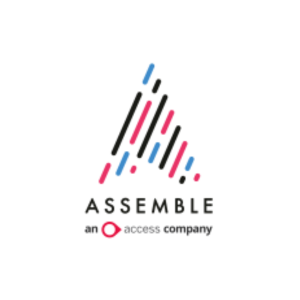Insights
INSIGHTS
All Topics
How to beat the cost-of-living squeeze
23 Mar 2022by Joe Lepper
You have viewed all of your 1 articles as an unregistered user
To continue reading this article please register.
For unlimited access to our free content, please register.
Joe Lepper
More on this topic
Related Content
Recommended Products
28 Mar 2025by Christine Chiu
Three essential strategies for cyber security
20 Mar 2025by Ioan Marc Jones
Why charities need to centre service users
17 Mar 2025by Jenny Phipps
AI for charities: How to stay ahead of the curveSponsored Article
Our Events
Charity Digital Academy
Our courses aim, in just three hours, to enhance soft skills and hard skills, boost your knowledge of finance and artificial intelligence, and supercharge your digital capabilities. Check out some of the incredible options by clicking here.














